Kobold SWK User manual
Other Kobold Measuring Instrument manuals

Kobold
Kobold URB User manual
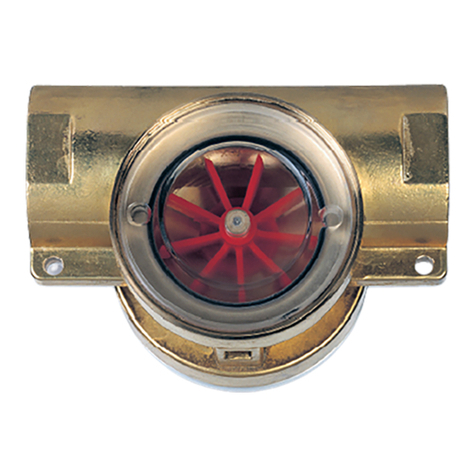
Kobold
Kobold DIG Series User manual
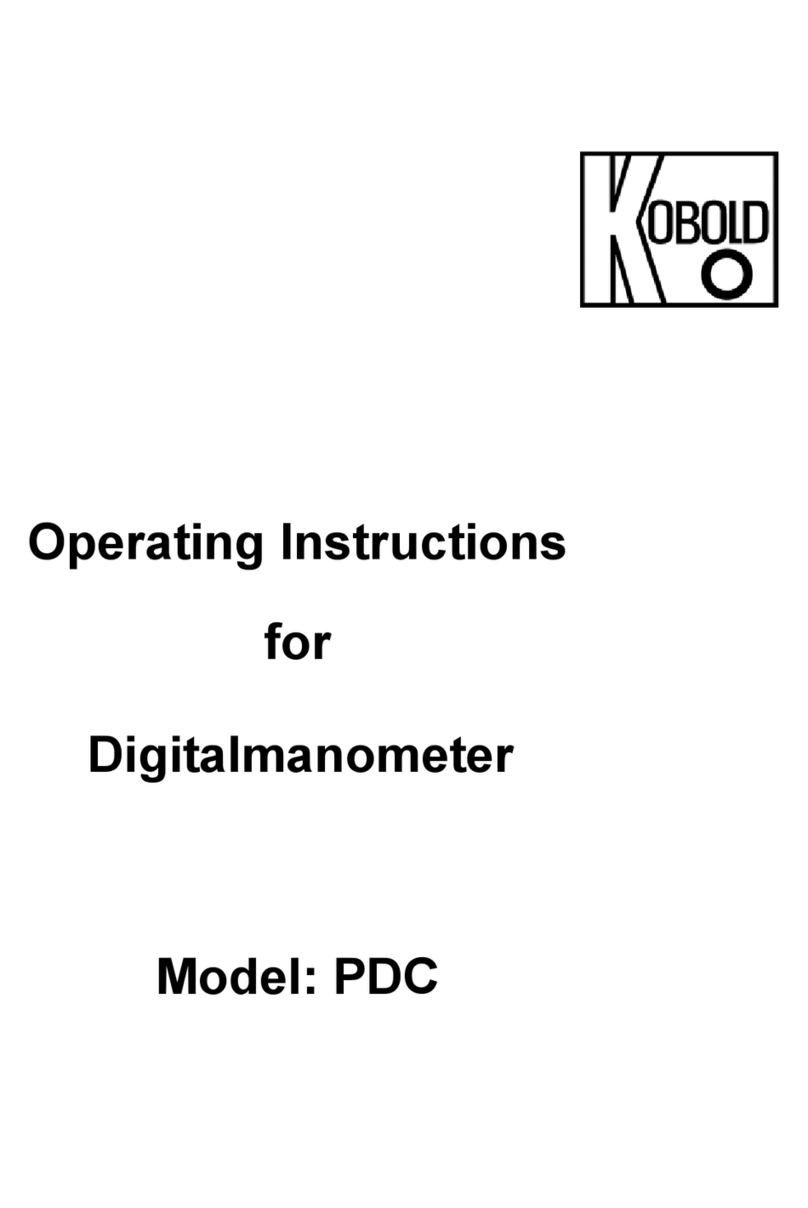
Kobold
Kobold PDC User manual

Kobold
Kobold SMN-1150 H Series User manual
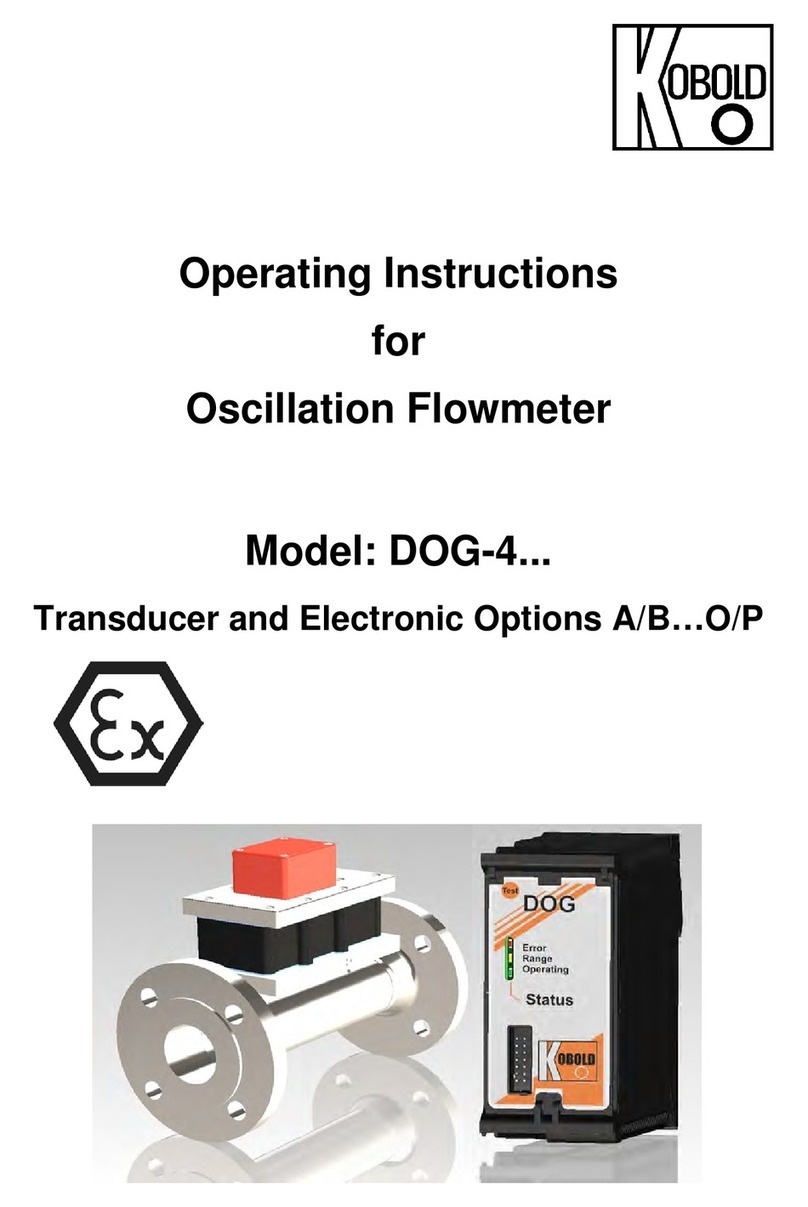
Kobold
Kobold DOG-4 User manual
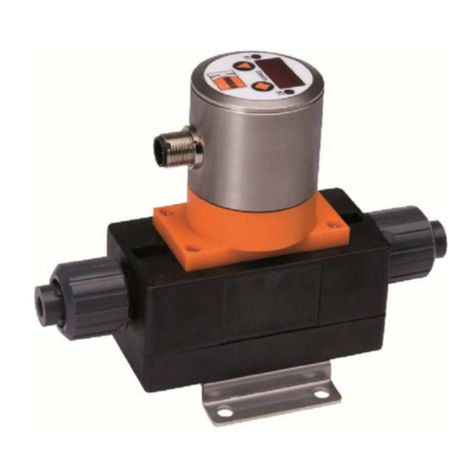
Kobold
Kobold Y-DVZ45001/PS25 User manual
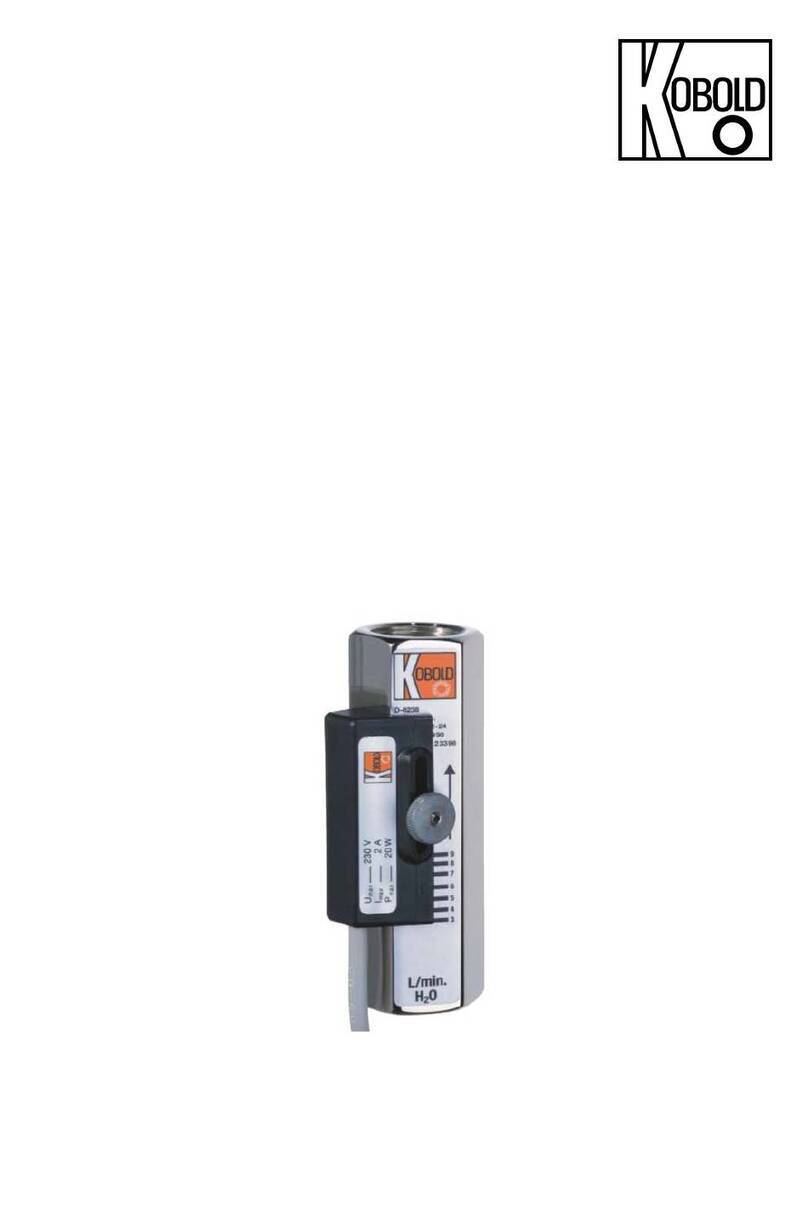
Kobold
Kobold SWK User manual
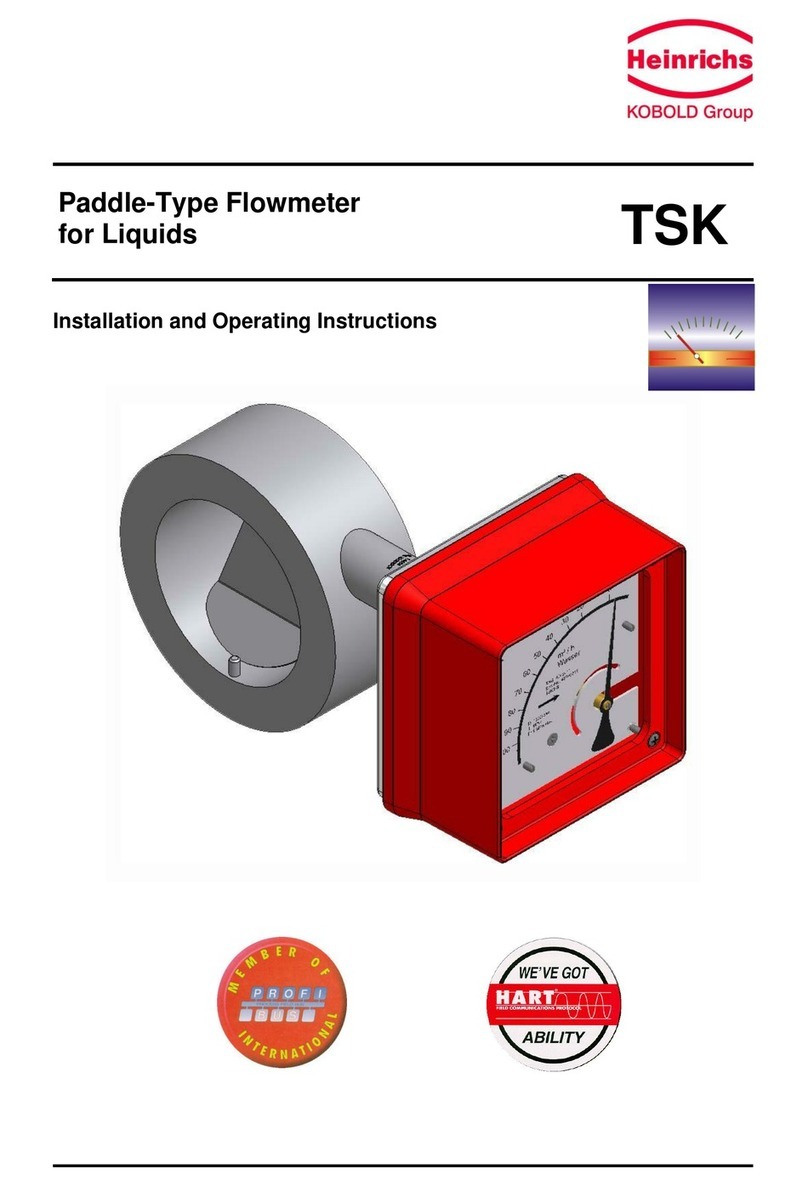
Kobold
Kobold Heinrichs TSK User manual
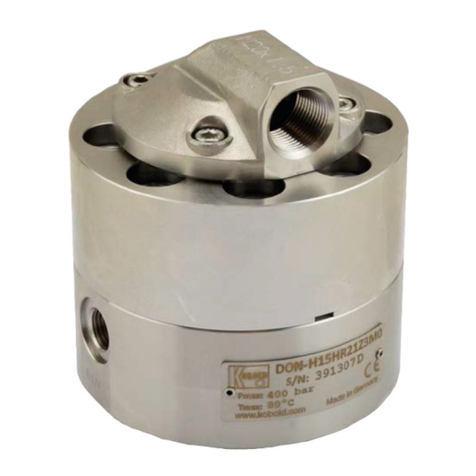
Kobold
Kobold DON-H Series User manual
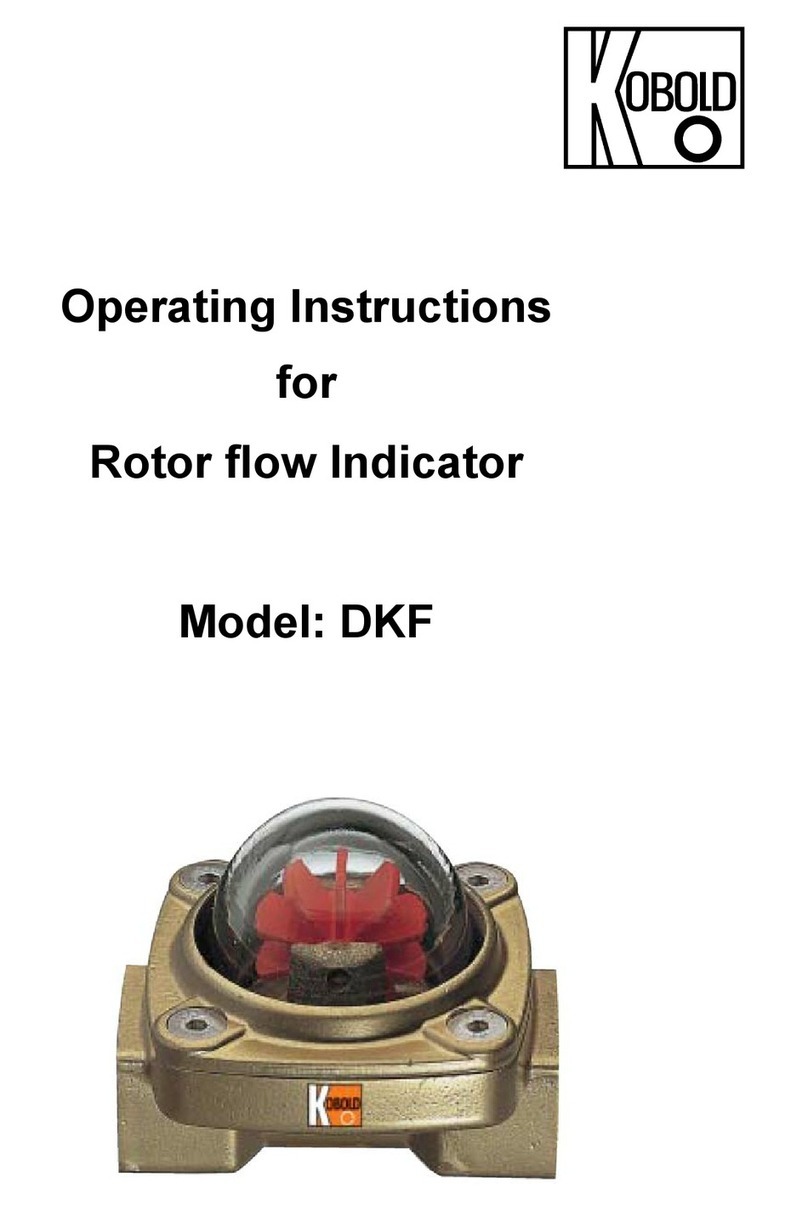
Kobold
Kobold DKF User manual
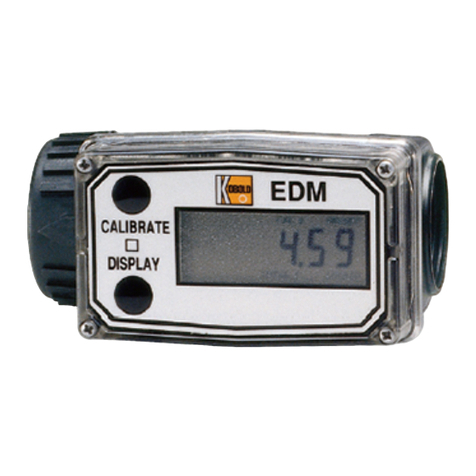
Kobold
Kobold EDM Series User manual

Kobold
Kobold Heinrichs K12 User manual
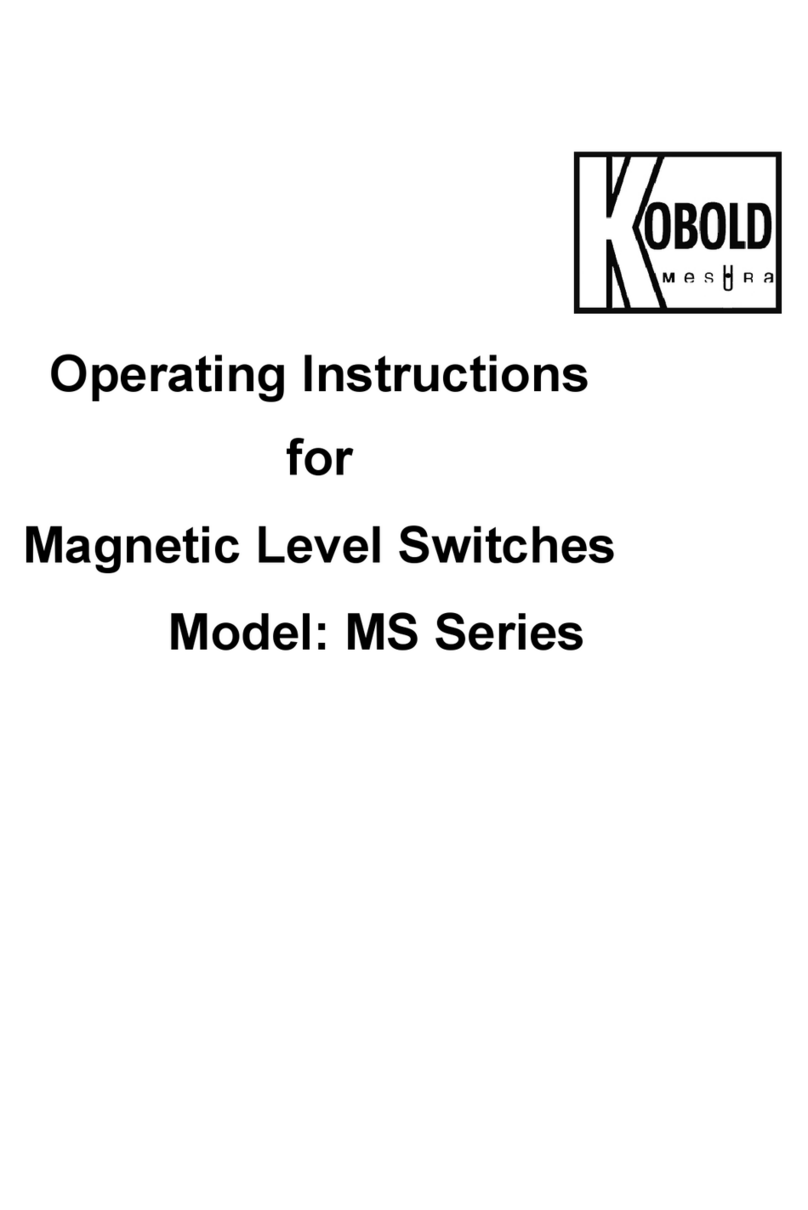
Kobold
Kobold MS Series User manual
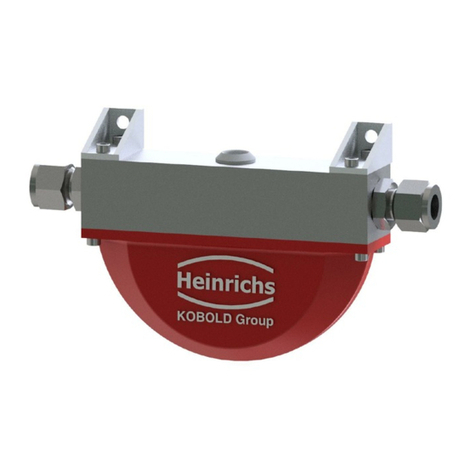
Kobold
Kobold HPC-S02 User manual
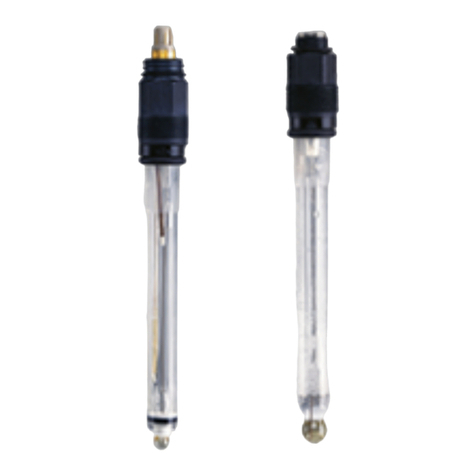
Kobold
Kobold APS-Z User manual

Kobold
Kobold Heinrichs TSK User manual
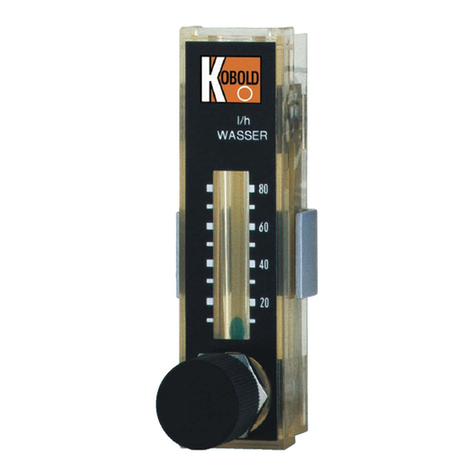
Kobold
Kobold KSV User manual

Kobold
Kobold DRS-9180 Series User manual
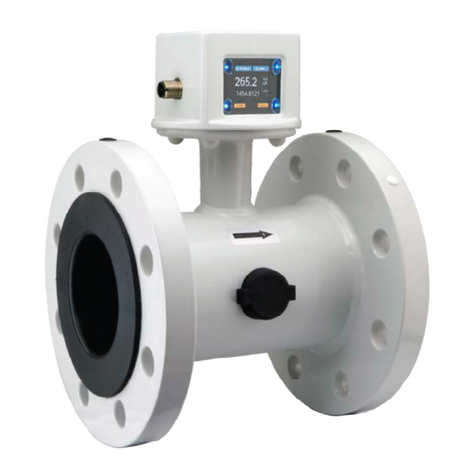
Kobold
Kobold MIS User manual

Kobold
Kobold DRS 0 Series User manual
Popular Measuring Instrument manuals by other brands

Powerfix Profi
Powerfix Profi 278296 Operation and safety notes

Test Equipment Depot
Test Equipment Depot GVT-427B user manual

Fieldpiece
Fieldpiece ACH Operator's manual

FLYSURFER
FLYSURFER VIRON3 user manual

GMW
GMW TG uni 1 operating manual

Downeaster
Downeaster Wind & Weather Medallion Series instruction manual

Hanna Instruments
Hanna Instruments HI96725C instruction manual

Nokeval
Nokeval KMR260 quick guide

HOKUYO AUTOMATIC
HOKUYO AUTOMATIC UBG-05LN instruction manual

Fluke
Fluke 96000 Series Operator's manual

Test Products International
Test Products International SP565 user manual

General Sleep
General Sleep Zmachine Insight+ DT-200 Service manual


















